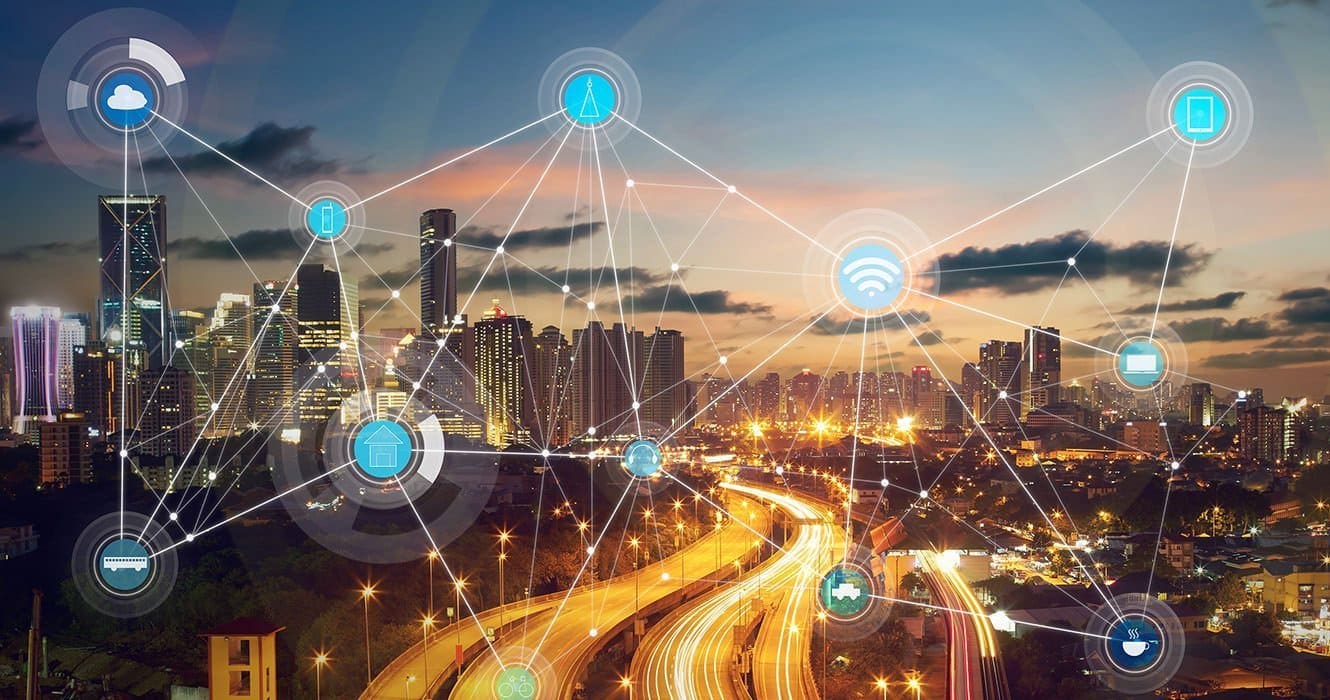There was a time when the thought of using a mobile phone was considered the future of field service, yet today, it’s part of what we consider to be the norm. Mobility has transformed how field service software applications work with each other, allowing greater flexibility, speed, and efficiency for technicians while giving the head office a real-time look into what is happening in the field.
The future of field service software and technology is rapidly moving forward, as new technologies are adding new layers to the field service space, giving customers options they never thought possible before.
And within a few short years, what was once considered a fantasy only seen in the movies, will be the hands-on technology used in the field across many industries.
Technology You Can Wear
When we think of the jump from paper to mobile, we think of a more efficient way of working and communicating. Less paper means fewer mistakes when that paper is sent back to the office to be read over. Notes are typed and delivered instantly, pictures can be attached and the service call can be completed using all the functions of a field service app.
However, the future will see technicians getting use of both hands, as smart glasses and watches technology is continuing to grow, offering technicians an ability to take pictures and record video from their own point of view, or have data, checklists, and history of a machine sent to these devices without the need to review on a mobile device.
Holographic technology could show the technician how to repair a piece of equipment, overlaying a diagnosis of the problem and give instructions on how to repair.
Technology is even being developed in our clothing to ensure safety on the job site, monitoring environmental conditions such as temperature, air quality, and carbon dioxide levels, or simply ensuring a technician’s posture is correct when they lift, adding not only to the level of customer service a field service technician can offer but also keeping them safer on the job site.

Letting Machines Do the Driving
More technology is being developed to give the field service technician more information at a job site, and more free time between sites. Drone technology isn’t just for taking aerial photos anymore, as drones now have the capability to capture heat and thermal images, while also providing the technician a perspective of a piece of equipment that may be too unsafe or time-consuming to get too. A heating and air conditioning unit on a rooftop can be surveyed from the ground using a drone, as opposed to an HVAC technician physically climbing up to the roof.
Meanwhile, new self-driving technology is currently in its early stages of development, but the future could offer more office time for a technician between calls, as they can finish up previous service calls, prepare for the upcoming one by reading history and notes, and ensure they have the proper parts and tools needed to complete the task. All while the self-driving car is getting them to the next destination.
Greater Use of the Internet
Already we rely on the internet for many things in the field service software industry to increase the levels of communication between the technician and the office. The future, however, will see greater use of the internet being used by machines to schedule their own maintenance, as sensors will giving machines the ability to detect their own issues and connect with the field service software to schedule a preventative maintenance appointment. This concept, referred to as the Internet of Things, will decrease the amount of downtown in equipment, as problems are being solved before there is an interruption in service.
A Whole New Reality
It’s not just for gaming anymore, as virtual reality technology is giving a new meaning to hands-on in the field training. Rather than exposing a new technician to a potentially dangerous job site or machine, new technicians can comfortably train with virtual reality devices and learn exactly what needs to be repaired before heading into the field to make the real repair. It’s offering technicians a place to practice the skills they need, cutting down time in the real world.
Considering new technologies are being developed every day, the future of field service may not even be invented yet. But as the industry moves forward, new technology is answering the simple questions of, how do we provide better service to customers at an increased rate, and how can we be more efficient at doing that service.

